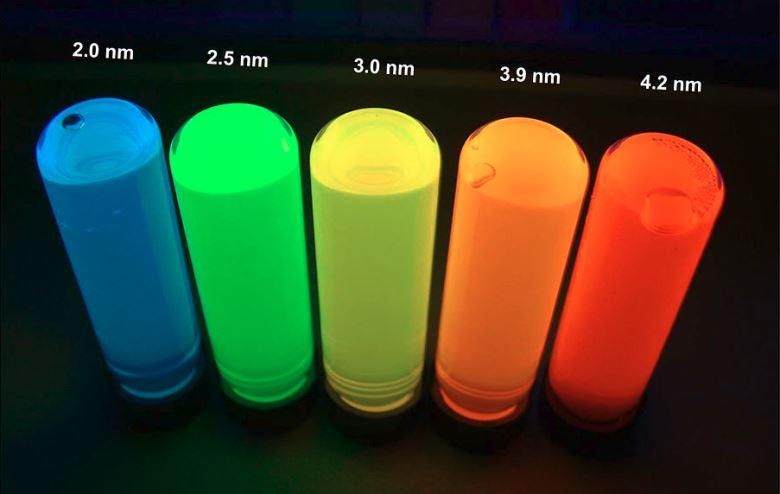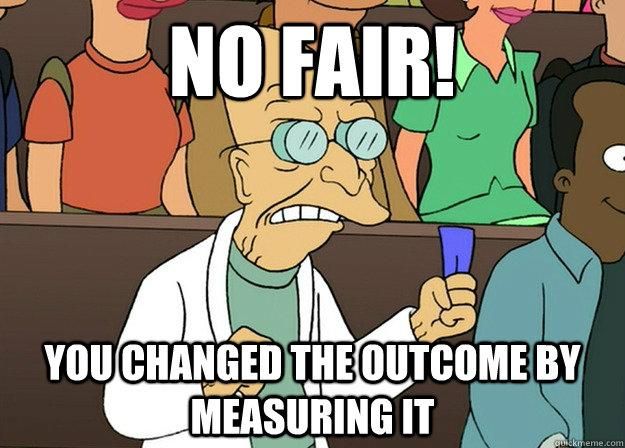Take a look at your screen. Whether that screen is your desktop monitor, your smartphone, the HD display on your tablet, or even the face of your digital watch, it’s made up of dots. These dots are probably too small for you to see with your naked eye, but trust me, they’re there. Each of these “dots” is called a pixel, which is short for “picture element”. Pixels make up every image that we see on a screen or monitor. The interesting part? They’re made up of even smaller components called sub-pixel elements.
Sub-pixel elements are comprised of a cluster of “things” that emit light. Whether those “things” are phosphors in a cathode ray tube (CRT) or individual light emitting diodes (LEDs) in an AMOLED display, they are eventually translated by our eyes as colors that, when put together with thousands or even millions of others, make up an image or text. It quite amazing when you think about it.
In modern displays, each pixel is generally made up of three or four sub-pixel elements, which are individual LEDs in and of themselves. On a 720P HD screen there are 921,600 pixels, and 3.68 million sub-pixel elements (assuming 4 to each pixel). 1080P HD screens suddenly jump up to 2 million pixels and roughly 8.3 million sub-pixels.
I don’t know about you, but after we approach a million of anything, my head starts swimming. One of two things must happen when we start talking about that many pixels: screens must get dimensionally larger, or individual sub-pixels must get significantly smaller. Once you get to a certain size, things start to get really “interesting”.
Welcome to the world of quantum physics
Okay, first of all I have to say this: how cool is it that I get to write an article about smartphones and quantum physics that’s not in the realm of science fiction!
This is hilarious, for those of you who get it.
So, before we get into the subject of “quantum dots” let’s talk a little bit about quantum physics, shall we? Yes! Let’s!
One of the interesting characteristics of matter is that is behaves very differently depending on its scale. When we’re talking about Keplarian physics we’re referring to the rules of matter and energy on the macro scale — planets, stars, galaxies, black holes, and so forth. When we scale things down to “human size” we’re in the realm of Newtonian physics where, for every action, there is troll in the comments that says you’re wrong or “First!” It’s at this level that we generally live our lives, and everything behaves like you’d expect it to.
When you go smaller, things don’t behave by the same set of rules. It’s simple when you think about it: matter on the Newtonian scale is tangible, you can pick it up and look at it. Objects at this scale are made up of millions of atoms. Energy must also be on the same scale to have any effect upon objects at this scale.
When we go small — really small — objects may be made up of only a few atoms. At this size energy also behaves differently. Remember, energy is a radio wave, a light wave, or an electron (etc.). When you’re talking about electrons compared to a dozen atoms, suddenly the interaction between the two becomes very exaggerated. That’s really cool (for reasons that we don’t have time or space to get into).
Get to the dots, already!
Quantum dots are tiny particles, “nanoparticles” if you speak the lingo. They’re made up of a semiconductor material, and range from 2 to 10 nanometers in diameter. That’s approximately the width of 50 atoms. Yes, 50 atoms. Well within the range of quantum physics.
As we’ve learned from regular electronics, the smaller you go, the less raw material is needed to construct it. That saves money. You also need less power to run it, that makes your devices last longer on each charge. They also put off less heat which has many benefits.
Thinking about today’s smartphones and tablets, the display is usually the biggest energy consumer in the whole package. Imagine what an array of quantum dots could do to save battery life! Oh, and since they’re so ridiculously small, you’d also have the most super-high-resolution screen you’ve seen. Ever.
Another advantage of quantum dots over traditional sub-pixel elements, is that to make them in different colors you simply make them bigger or smaller — the material is exactly the same, unlike traditional sub-pixels. The smaller the dot, the closer it is to the blue end of the spectrum, and the larger the dot, the closer to the red end. Dots can even me made to emit colors into the infra-red or the ultra-violet parts of the spectrum. This “tuning” is called the “size quantisation effect”.
Right now you’re probably asking yourself if any of this really matters. Yes! Besides being able to use cool words and obscure references to Schrödinger’s cat, quantum dots could make our personal electronics smaller, last longer, and have resolutions that would make even 4K look shoddy in comparison.
Now for the bad news
“Soon” may be a bit ambitious. Sure, the technology to build these little guys exists today. Yes, a kilo of dots would be enough for even “industrial” applications. However, putting everything together, driven by your GPU, and nestled snugly behind a sheet of Gorilla Glass isn’t going to happen this year.
Hopefully it won’t be too far distant, but it’s coming. Before long our arguments will shift from which is better, Super LCD or AMOLED, to discussions over which semiconducting material is better for our dots, selenides or sulfides.
Your turn!
In my opinion, the era of smartphone screens powered by quantum dots can’t come soon enough, but I want to know your thoughts!
Will quantum dots ever see practical use in a smartphone, tablet, or smart watch? What perceived advantages will this technology bring with it? What pitfalls do OEMs need to avoid to make these little guys the new standard? Share your thoughts in the comments below!
(And remember, this is an article about quantum physics, so make sure you include all your geeky jokes in the comments, too!)


